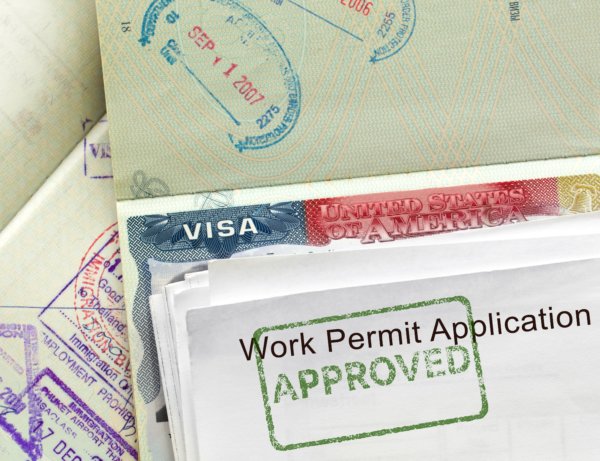
Deciding whether to move abroad for work can be a difficult decision, but it’s also a decision which can sometimes be completely dependent on the visa application. Visas are the key to emigration or travelling long term, so investing time into the process and making sure the application has as much detail as possible is absolutely worthwhile in the long run.
Sometimes it’s not as simple as a straightforward online application form though, as those applying for American visas will need to prepare for an interview held at the American Embassy. Also, finding out which visa applies to you and the country you’re travelling to can be a minefield, especially if you’re heading to Australia which has 21 different types of working visa.
There are a number of supporting documents needed alongside each visa application so ensuring these are all filled in correctly can take a lot of time. Each country has its own little quirks when it comes to visa applications, it’s not a one size fits all situation.
Brits looking to move or work abroad have been urged to get to grips with the different types of working visas in five popular emigration hotspots. As a result, we teamed up with the travel experts over at MyBaggage.com, who have simplified some of the jargon surrounding visa applications in countries such as Canada, Australia and China.
1. Australia
Perhaps the most confusing system, Australia has 21 different types of working visa. Some, such as the Skilled-Recognised Graduate visa are specific to certain industries and can allow you to take family into the country. Some visas are temporary for a certain number of years, meaning a further visa is required to stay living in the country permanently.
Other visas such as the Business Innovation and Investor Visa require applicants to invest at least 1.5million Australian Dollars into Australia, meaning you may have to have a lot of money in the bank before you plan on moving down under.
In such a complex landscape, seeking guidance from an immigration consultant Perth can prove invaluable. These professionals possess the expertise to streamline the application process, ensuring that all necessary documents are in order and that applicants meet the stringent eligibility criteria. With their assistance, aspiring migrants can navigate the intricacies of the Australian visa system with confidence and clarity.
2. Canada
In Canada there are two types of work visas – Open Work Permits and Employer-specific Work Permits. Employer-Specific Work Permits are much more specific, allowing you to work for a named employer, for a specific amount of time and sometimes only in a specific location.
However, navigating the complexities of Canadian immigration law, especially regarding eligibility criteria and application processes, can be daunting. Consulting a Canadian visa lawyer can provide invaluable guidance, ensuring applicants understand their options and requirements to maximize their chances of success.
Whether seeking advice on eligibility, preparing documentation, or navigating potential challenges, partnering with a knowledgeable visa lawyer can streamline the process and enhance confidence in achieving successful visa outcomes.
Open Work Permits allow you to be employed by anyone in Canada, apart from companies who haven’t met specific conditions or operate within adult industries.
3. China
Business visas are valid for two years and allow multiple stays of up to 90 days at a time. Z-Visas are issued to applicants who are taking up a post or employment in China, and their accompanying family members. The post must be agreed before the application process begins.
Before you move to China, however you must visit the Chinese Embassy twice – to submit and collect the application. This is to ensure all your fingerprint data is correct and the government has all of your biometric data.
4. United States of America
There are four broad types of working visas in America. Temporary Employment Visas are for those wanting to work within a specific industry for a certain length of time. Exchange Visitor Visas are for applicants within approved programs such as teachers, professors and summer workers.
Media visas are for members of foreign media whose home office is in a foreign country. The final, Trade Treaty visa is for applicants who are qualified to conduct treaty-based trade or investment in the United States.
All American visa applications require an interview at the American embassy and must ensure they have two full pages blank in their passport so the States can quite literally leave their mark.
Among the various visas available for individuals seeking to work in the United States, the EB-1A visa stands out as a notable option. The EB-1A, or Employment-Based First Preference category, is designed for individuals with extraordinary ability in their field, whether it be the arts, sciences, education, business, or athletics.
5. India
To be granted an employment visa you must have an employment contract signed by both parties. Visas are granted for either six months, one year or two years.
Visas are valid from the day they’re granted, not from the day you plan to leave, sometimes making it difficult to plan how long you want the visa to be.
